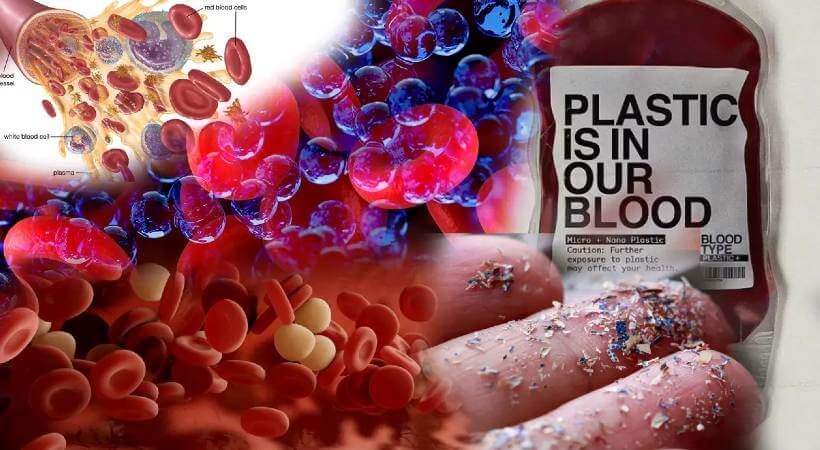In a groundbreaking study that could redefine male contraception, scientists at the Salk Institute have unlocked a promising path to a non-hormonal, reversible male birth control pill. Their research, published in the prestigious Proceedings of the National Academy of Sciences, reveals a novel approach to halting sperm production without dampening libido, a concern that has long challenged the field of reproductive health.
The quest for male contraceptive options has been fraught with challenges, primarily due to the complexity of sperm development and the potential for severe side effects. Current options are starkly limited to condoms, with their notorious unreliability, or vasectomies, which are invasive and often irreversible. The Salk team’s discovery, therefore, represents a significant stride towards expanding the contraceptive toolkit for men.
The study’s senior author, Ronald Evans, elucidates the innovative nature of their approach: “Most experimental male birth control drugs use a hammer approach to blocking sperm production, but ours is much more subtle.” This subtlety lies in the use of HDAC inhibitors, a class of drugs that interfere with a protein complex crucial for gene expression during spermatogenesis, the process by which sperm is produced.
In their experiments, the researchers treated male mice with an oral HDAC inhibitor known as MS-275. Remarkably, this treatment ceased sperm production effectively without inducing noticeable side effects. Even more compelling is the reversibility of this method. Upon cessation of the drug, the mice regained their fertility within 60 days, with all subsequent offspring being developmentally healthy.
The key to this reversibility is the targeted disruption of molecules downstream of retinoic acid, a vital component in the initiation of spermatogenesis. By using HDAC inhibitors to create a misstep in the genetic dance of sperm production, the researchers were able to temporarily halt the process without causing permanent damage to the sperm stem cells or their genomic integrity.

“It’s all about timing,” explains co-author Michael Downes. The precision with which the drug disrupts and then allows the resumption of sperm production underscores the potential of this method as a viable contraceptive.
This study is not alone in its pursuit of a male contraceptive revolution. Researchers at Washington State University have identified a gene, Arrdc5, which is expressed only in testicular tissue and is conserved across mammalian species. Targeting the protein encoded by this gene could lead to a highly effective, reversible, and non-hormonal male contraceptive. The WSU team is now working on designing a drug that would inhibit the production or function of this protein, offering a promising avenue for future development.
In another exciting development, a team from Weill Cornell Medicine has identified a compound, TDI-11861, that temporarily disables mouse and human sperm, preventing pregnancies in mice. This compound works by inhibiting an enzyme called soluble adenylyl cyclase, which is necessary for sperm motility. The contraceptive effect of this compound was observed for up to two and a half hours after treatment, with fertility recovering completely within 24 hours.
These scientific advances signal a new era in male contraception, one that could provide men with on-demand, reversible contraceptive options free from the side effects associated with hormonal methods. As these discoveries move closer to human clinical trials, the potential for transforming reproductive health and empowering individuals with more control over their fertility is immense. The future of male contraception is on the horizon, and it is looking brighter than ever.
Related posts:
Salk scientists discover new target for reversible, non
A Game-Changer in Male Contraception: Researchers Identify Key Gene
Male contraceptive disables sperm




